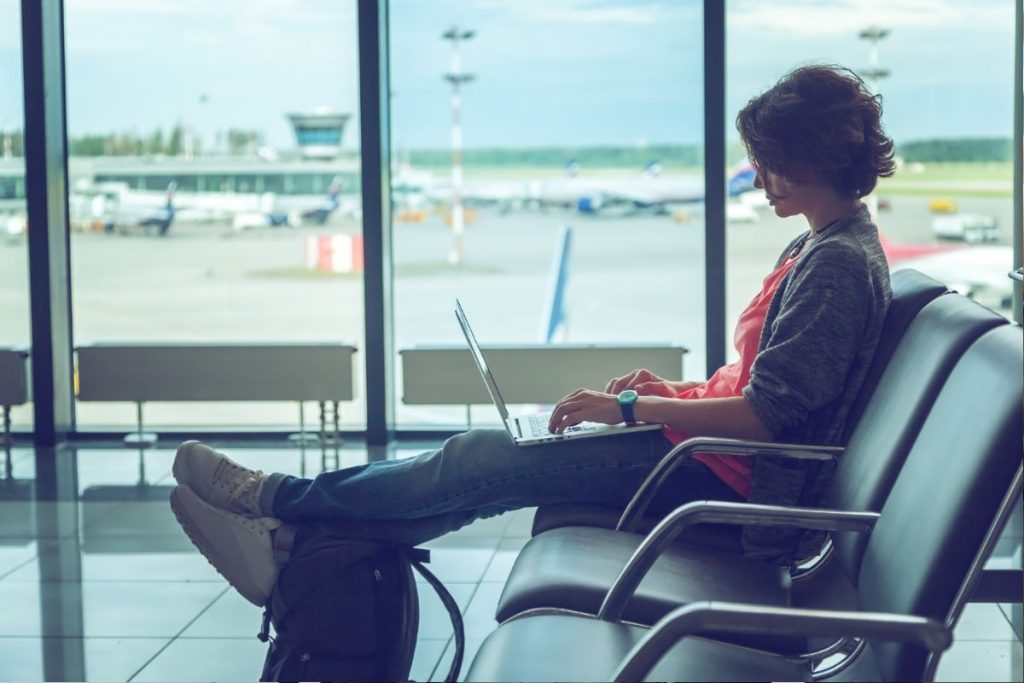The idyllic lifestyle images shared on social media often mask a troubling truth: an increasing environmental footprint and a deepening phenomenon of transnational gentrification.
16.9 million American workers describe themselves as digital nomads, according to a study by MBO Partners. That’s a 9% increase in 2021 and a 131% increase in 2019, and there’s no sign that the lifestyle trend will slow down. In fact, the cost of living issue in major cities is driving this trend, and the provision of visas for digital nomads is making it possible.
After seven years of study at University College London, anthropologist Dave Cook divided the digital nomad population into five categories: “the freelance digital nomad, digital nomad business owners, salaried digital nomads (employed with a salary and a contract), experimental digital nomads (aspiring towards, but not yet earning), and armchair nomads (planning to make the lifestyle switch over the next three years).”
A Fast-Growing Carbon Footprint
A return flight from London (LHR) to New York (JFK) releases about 2,726 kg of carbon dioxide, according to estimates by the German non-governmental organization Atmosfair. According to the British Climate Protection Organization Possible, this corresponds to the average avocado consumption of more than three centuries. “Taking a plane is the only way people can emit tons of harmful greenhouse gases in a short period of time, and flying frequently really increases these impacts,” said Alethea Warrington, senior campaigner at Possible. “We are already seeing the immediate effects of the climate crisis, and these are escalating rapidly. Fires, storms, floods, and droughts are becoming increasingly frequent and severe, causing huge harm to people around the world. We are also likely to see more conflict and instability as resources decrease in a rapidly warming world, a very high price to pay for emissions produced by polluting activities, including excessive air travel by a very small group of people.”
The truth is that the digital nomad lifestyle relies heavily on air travel, which is made easier by the government’s decision not to tax frequent flyers. However, if you choose greener transportation alternatives, you can significantly reduce your impact on the environment.
The Sociopolitical Chain Reaction
The issue with the term “digital nomad” is that it’s typically associated with a select group of privileged individuals.
“You have to look at who’s actually creating this content,” says Emily Chappell, digital creative lead at MØRNING. The majority of creators are white, reasonably affluent Westerners who have already moved to a city in the Global South and are encouraging others to follow in their footsteps. The content of the postings often consists of a summary of financial and personal benefits. Chappell is referring to the digital nomad content, which she describes as an “online swirl of Western privilege, validated by the Western doctrine that if you support the local economy, you’re great.” However, it also points out the witty comments of those who cannot easily change their lifestyle and those who are affected by transnational gentrification.
Flexible borders allow individuals to overcome affordability challenges in their home countries, but at the same time contribute to the phenomenon of transnational gentrification, leading to higher costs of living in host countries. An example of this is Lisbon, where tax incentives, cheap living costs, and residency visas have attracted a significant influx of digital nomads, spurring foreign real estate investment and triggering a severe housing crisis.


